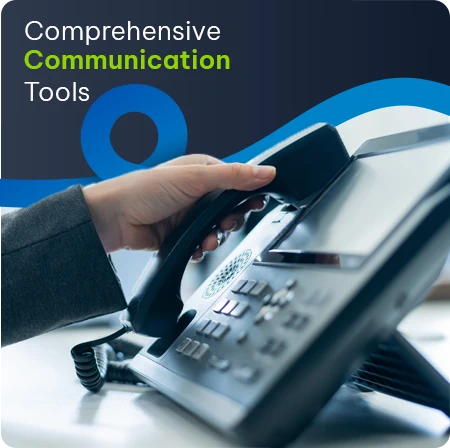We’re halfway into the new year, and if there were any doubts as to whether WFH would be a passing phase or permanent part of our working world, we’re pretty sure even the most staunch advocates for keeping things the way they were have accepted it’s permanence.
In fact, if this pandemic has taught us anything, it’s that not only is Home Fibre resilient enough to handle unforeseen demands on its potential, but connectivity has also gone from being a luxury to a necessity. Between remote work, learning, education and entertainment, the increased emphasis on staying-at-home has meant employees and employers alike can’t afford to be disconnected.
Key to that connectivity is, naturally, a Fibre-Based symmetrical connection. Your home network can’t be relying on outdated connectivity methods, and we’ve learned to embrace the security, speed and convenience of said Fibre so much, it’s actually become an economic development tool essential to business success.
But what comes next in the world of FTTH? What can we expect, what do we foresee and what does tomorrow hold?
We’ll attempt to unpack that (and more) below – so let’s get going.
Well, since the onset of Covid-19, almost every single FNO has provided additional value to the customer at little to no extra cost. Not only have line speeds doubled (mostly at entry level), we’ve also seen a wealth of ISP’s completely doing away with lower-end products. The starting point from an entry level perspective for many standard FTTH packages is now 20mg and up. Why, you ask? It’s because of supply and demand – as demand has gone up, so too have the packages offered.
This increased demand for Fibre to the Home has also seen the introduction of higher product packages (from 500mg to even 1 gig lines). Essentially, the pandemic has taken everything we thought we knew about Home Fibre and turned it on its head. Whereas before stay-at-home would have been boredom, a hike in library fines and flat out console wars, 2020 was the age of Netflix, remote businesses, and streaming. No other time in human history could have ushered in an almost universal need for better home connectivity – meaning even the most optimistic wouldn’t have predicted the post-Covid-19 demand for FTTH solutions.
But forget the past – what comes next?
Well, the industry is starting to learn that despite people working from home, they still need business like Fibre services with similar speeds, resiliency, and security. We’re beginning to see the first strains of Fibre to the Home and Business crossovers with the introduction of SSME products, and all signs point to an opportunity for the consolidation of these two resources in times to come.
Also in the pipeline are plans to make Fibre more accessible to lower LSM markets. While this doesn’t mean installing lines in areas where users don’t even have smart devices, it does involve the incorporation of concepts such as pre-paid Fibre (rather than monthly retainers) which allow for more downloads, streaming and Internet for the casual yet lower income user.
The reality is that the adoption of any new technology always comes with a risk. Aside from doubts about long term effectiveness, the shelf-life of any technological innovation is generally relatively short (just ask Apple). The thought of an expensive outlay on something new only to have to upgrade again in a few years is enough to put anyone off making a shift – but this doesn’t apply to Fibre.
In fact, few things offer up the certainty of Fibre-based Internet systems. On the contrary, we believe that these systems are still a long way from reaching their full potential. Not only is Fibre to the Home a sure-fire future-proof solution, it’s the today and tomorrow of private and business connectivity.
We’ve learned that Fibre lines can handle insane demands without having their speeds affected by line capacity. In fact, ISP’s have been ramping up their offerings to step up and meet demand accordingly. To this day, nobody has ever managed to push a Fibre line to its limit – it’s only restricted by your package and bandwidth, but the potential for growth is pretty limitless. The gigabit speeds offered by Fibre are not limited by the line’s capacity. As these devices continue to evolve and speeds inevitably get faster, you’ll see things will ramp up to meet the new demand.
The technology is not going to suddenly become outdated – especially within the next decade (at last). Your speed and experience is really only restricted by the equipment driving it, but whereas conventional forms of connectivity (such as copper) was never designed to transmit large amounts of Data and tend to degrade over longer distances, the low latency features of FTTH means less delays during transfers – making it a perfect tool for communication, distance learning and live collaboration (as well as accessing the Cloud).
While the concept of FTTH is still in its early stages, the technology has been around far longer – and there’s a reason this has been the backbone of communication across the world since its inception. Furthermore, it’s almost impossible to be tampered with by thieves or criminals, meaning Fibre remains the fastest and safest way to transmit Data.
As far as we’re concerned, the future of FTTH started yesterday, and with the digital online revolution we predict only good things to come. Be it the introduction of new, value-added service offerings or improved speeds, packages and bundles, your home or brand is guaranteed to be propelled into tomorrow with ease.
All you need to do is ensure your package measures up.












